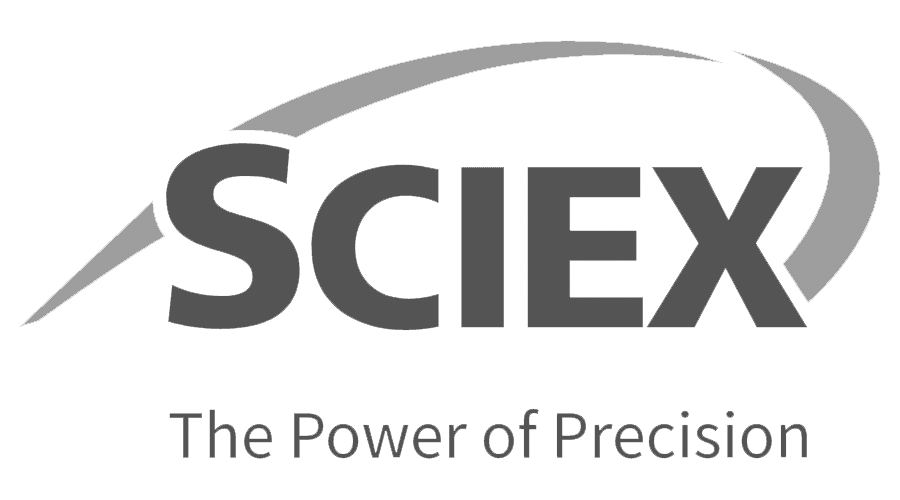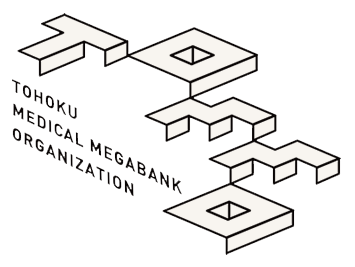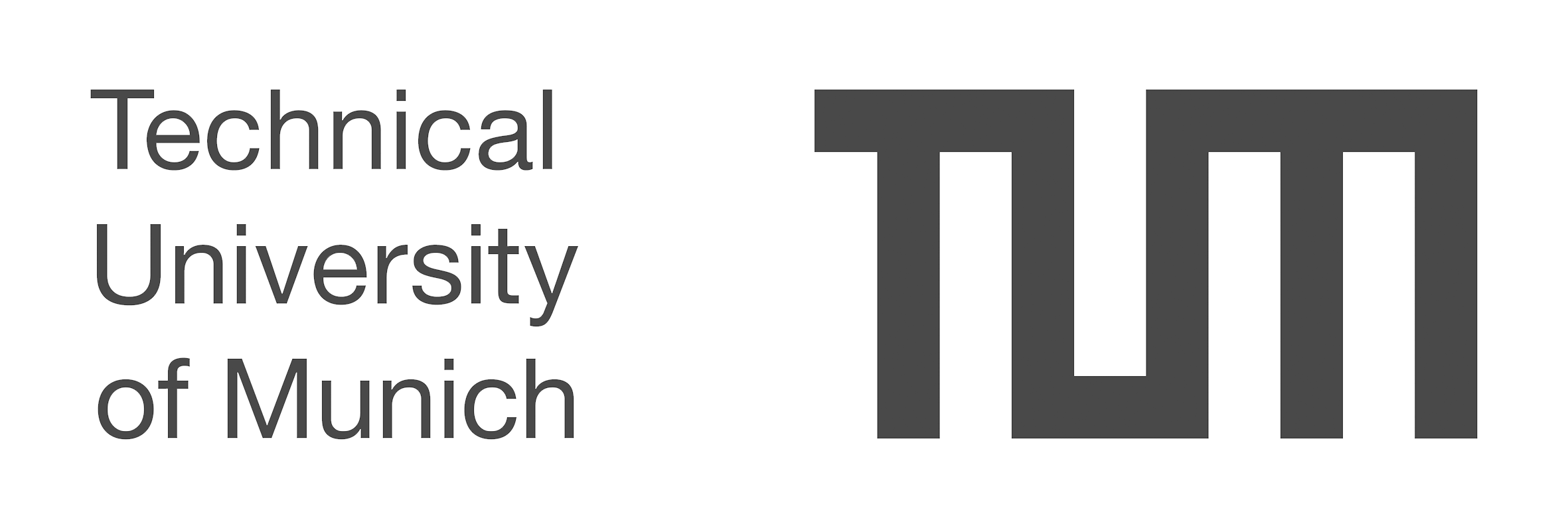
Pan-cohort studies – The future of population health
Speakers, sessions, abstracts
Connecting science globally
40+ Speakers, 3 locations, 1 big event
Keynote lectures

Leroy Hood, MD Ph.D.
CEO of Phenome Health and CSO of the Institute of Systems Biology,
Seattle | USA

Jessica Lasky-Su, Ass. Prof.
Brigham and Women’s Hospital and Harvard Medical School,
Boston | USA
Abstract not available.

Hitoshi Nakagama, Prof.
President of the National Cancer Center,
Tokyo | Japan

Annette Peters, Prof.
Director of the Institute of Epidemiology (EPI) of Helmholtz Center Munich | Germany

Christof von Kalle, Prof.
Director of the joint Charité and BIH Clinical Study Center (CSC) of Universitätsmedizin Berlin | Germany

Masayuki Yamamoto, Prof.
Executive Director of Tohoku Medical Megabank Organization; Tohoku University,
Sendai | Japan

Rima Kaddurah-Daouk
School of Medicine | Duke University, Durham | USA
Metabolomics – Enabling Precision Medicine
Abstract not available.
No recording available
Session – Biobanks

Naomi Allen, Prof.
Chief Scientist for UK Biobank,
Oxford | United Kingdom

John Chambers, Prof.
Lee Kong Chian School of Medicine for Nanyang Technological University | Singapore
Singapore National Precision Medicine Program
Abstract not available.

Chang Chung-ke, Ph.D.
Chief Administrative Officer and Chief Information Security Officer of Taiwan Biobank,
Taipei | Taiwan

Marc Gunter, Ph.D.
Head of Nutrition and Metabolism Branch of the International Agency for Research on Cancer (IARC),
Lyon | France

Seizo Koshiba, Prof.
Advanced Research Center for Innovations in Next-Generation Medicine, Tohoku University
Sendai | Japan

Takayuki Morisaki, Prof.
BioBank Japan, The Institute of Medical Science, University of Tokyo | Japan

Henry Völzke, Prof.
Institute for Community Medicine of the University of Greifswald | Germany
Session – Pan-cohort studies | Precision medicine

Nicole Bjorklund, Ph.D.
Translational Research & Development of Cohen Veterans Bioscience,
New York | USA

Alessio Fasano, Prof.
Center for Celiac Research and Treatment at Mass General Hospital for Children,
Boston | USA

Michael Knoflach, Prof.
VASCage Center for Vascular Ageing & Stroke and Department of Neurology for the Medical University of Innsbruck | Austria

Siqi Liu, Prof.
Chief Scientist Protein Sciences of BGI,
Shenzhen | China

Stefan Lorkowski, Prof.
Nutritional Biochemistry of University Jena | Germany
tbd - on (multi)omics
Abstract not available.

Michael Snyder, Prof.
Department of Genetics, School of Medicine of Stanford University | USA

Claire Steves, Ph.D.
Ageing and Health for King’s College London | United Kingdom

Makoto Suematsu, Prof.
Department of Biochemistry
School of Medicine for Keio University,
Tokyo | Japan

Toru Takebayashi, Prof.
Preventive Medicine and Public Health
School of Medicine for Keio University,
Tokyo | Japan

Alain van Gool, Prof.
Personalized Healthcare of Radboud University Medical Center,
Nijmegen | Netherlands

Melissa Miller, Ph.D.
Human Genetics, Internal Medicine Research Unit of Pfizer,
Boston | USA
No recording available

Eugene Melamud, Ph.D.
Principal Investigator of Calico,
San Francisco | USA
No recording available

Christiane Honisch, Ph.D.
SVP Diagnostics Devision (Evognostics) of Evotec, Hamburg | Germany
tbd - on Pan-Cohort studies | Precision medicine
Abstract not available.
No recording available

Chris Whelan, Ph.D.
Director of Data Science for Neuropsychiatry of Janssen,
Boston | USA
No recording available
Session – (Multi) Omics

Jan Baumbach, Prof.
Institute for Computational Systems Biology of University of Hamburg | Germany

Eiji Hishinuma, Ass. Prof.
Advanced Research Center for Innovations in the Next-Generation Medicine, Tohoku University
Sendai | Japan

Motoki Iwasaki, Ph.D.
Director of Epidemiology Research for the National Cancer Center,
Tokyo | Japan

Gabi Kastenmüller, Ph.D.
Institute of Computational Biology of Helmholtz Center Munich | Germany
From multi-omics associations to molecular networks - making big results accessible
Abstract not available.

Jan Krumsiek, Prof.
Institute for Computational Biomedicine of Weill Cornell Medicine,
New York | USA

Yukinori Okada, Prof.
Department of Statistical Genetics, Osaka University Graduate School of Medicine
| Japan

Karsten Suhre, Prof.
Director of Bioinformatics Core of Weill Cornell Medicine,
Doha | Qatar

Vivian Viallon, Ph.D.
Nutrition and Metabolomics Branch of the International Agency for Research on Cancer (IARC),
Lyon | France

Moritz von Scheidt, Ph.D.
DigiMed Bavaria of the German Heart Centre Munich | Germany
DigiMed Bayern - digitized, personalized Medicine in Atherosclerosis
Abstract not available.
No recording available

Maik Pietzner, Ph.D.
Computational Medicine, Berlin Institute of Health at Charité – Universitätsmedizin Berlin | Germany
No recording available
Session – Technology

Jerzy Adamski, Prof.
Chief Scientific Officer of Metaron Diagnostics, Munich | Germany
National University of Singapore | Singapore

Gary Miller, Prof.
Department of Environmental Health Sciences of Columbia University,
New York | USA

Maryan Zirkle, MD
The Metabolomics Innovation Centre (TMIC) of University of Alberta,
Edmonton | Canada

Maryan Zirkle, MD
Executive Director, BRAINCommons of Cohen Veterans Bioscience,
New York | USA
Connecting science globally
It is our vision to connect scientists globally to tackle the challenges modern medicine faces. Huge sample sets lie dormant and need to find the means to be explored. The Omics era with vast computational means opens new perspectives on data and on insights to be gained from datasets. Integration of different technologies makes collaboration more necessary.
With the second edition of this cohort event we are looking forward to expand into the physical spaces and strech the scope beyond metabolomics.
To enjoy the anticipation of this event you can watch the talks from 2021 Pan-cohort metabolomics event here (youtube) or take a look at the Pan-cohort metabolomics event 2021 abstract book.









